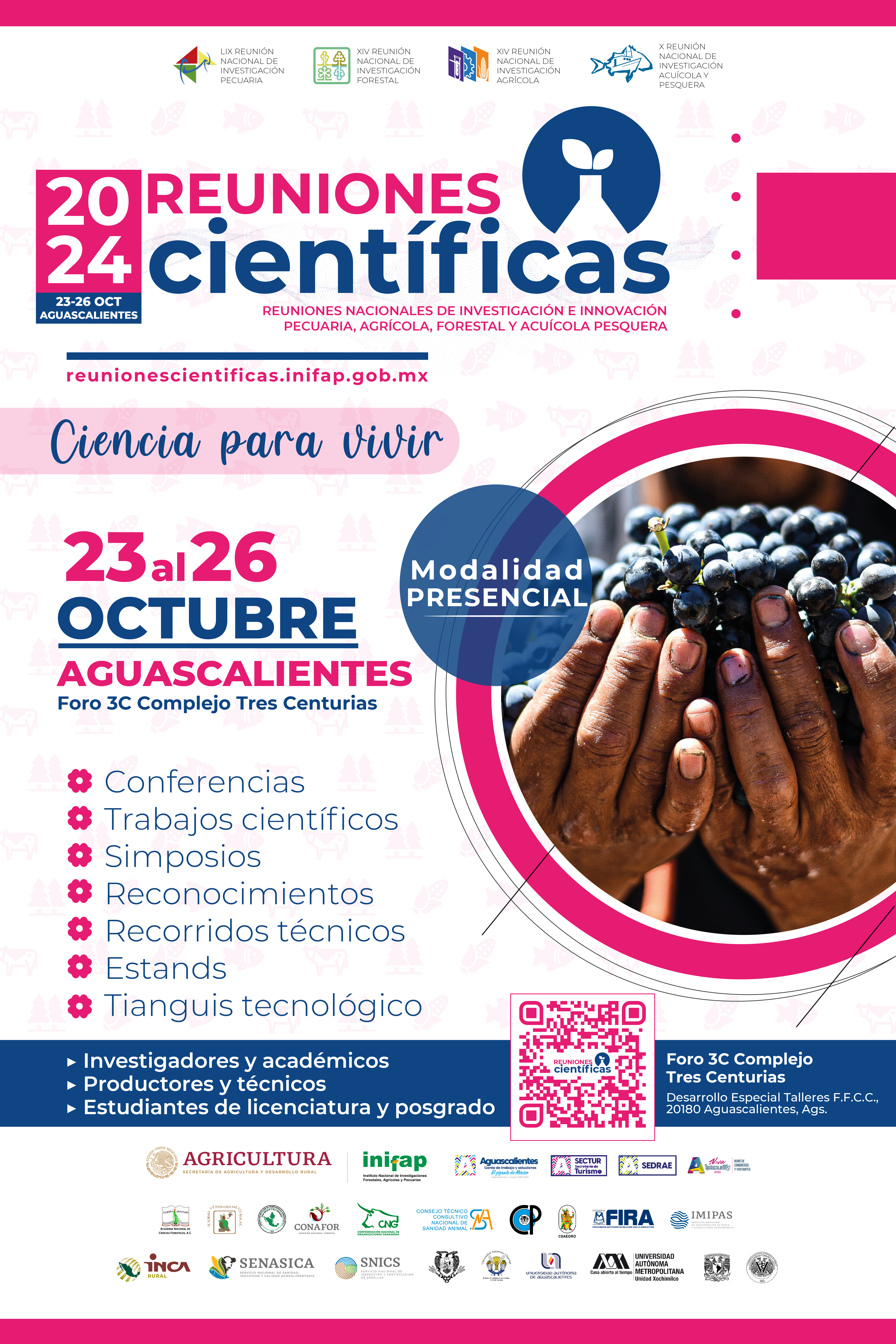Genetic diversity and geographic distribution of Mycobacterium bovis from cattle in Mexico
DOI:
https://doi.org/10.22319/rmcp.v3i4.4876Keywords:
Tuberculosis, Mycobacterium bovis, Molecular epidemiology, Spoligotyping, Genetic typing.Abstract
The molecular fingerprints of 878 isolates of Mycobacterium bovis from cattle, mostly dairy cattle, collected from cattle between 2009 and 2010 in different regions of Mexico were obtained by spoligotyping. Seventy-two percent (72 %) of the spoligotypes fell into nine clusters, and 27 % of the isolates fell into only two spoligotypes; 149 were orphan spoligotypes. The two predominant spoligotypes, arbitrarily designated as SP1 and SP2, were found in almost all States in Mexico, especially in central Mexico, where a concentration of dairy cattle is known. In spite of the wide distribution of spoligotypes observed, some show high regional preference, especially those in geographically distant regions. Only a few spoligotypes show patterns completely different from those shown by the most frequent spoligotypes, suggesting strange sources of infection or the formation of new genetic lines derived from non-lethal mutations. Most States with predominantly high dairy cattle populations showed similar spoligotypes, suggesting exchange of animals between regions. Some spoligotypes are common to dairy and beef cattle, suggesting transmission between populations, most probably due to the movement of dairy cattle to non-dairy regions.
Downloads
Downloads
Published
How to Cite
-
Abstract554
-
PDF (Español)410
Issue
Section
License

This work is licensed under a Creative Commons Attribution-NonCommercial-ShareAlike 4.0 International License.






